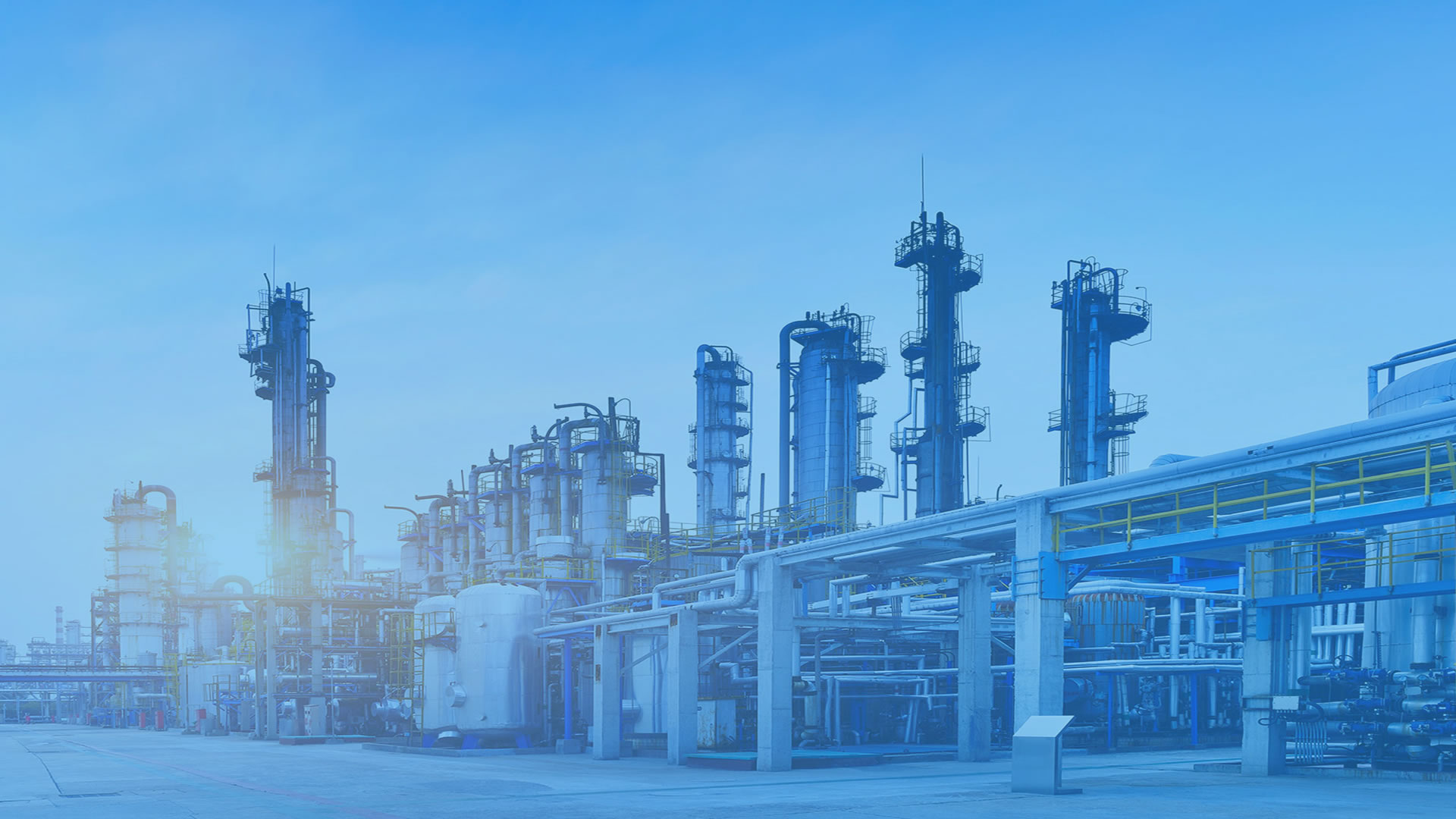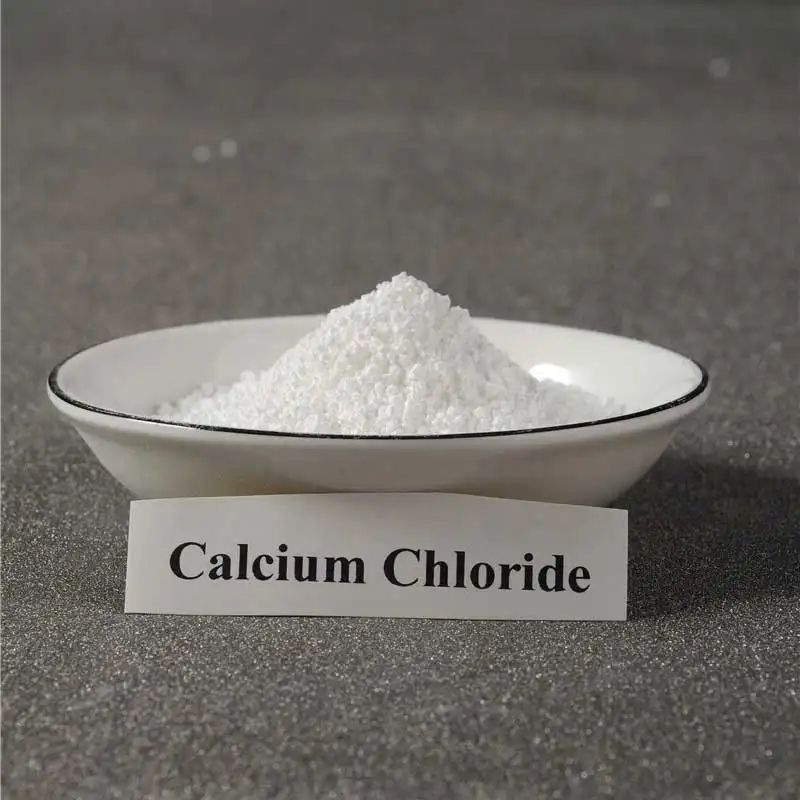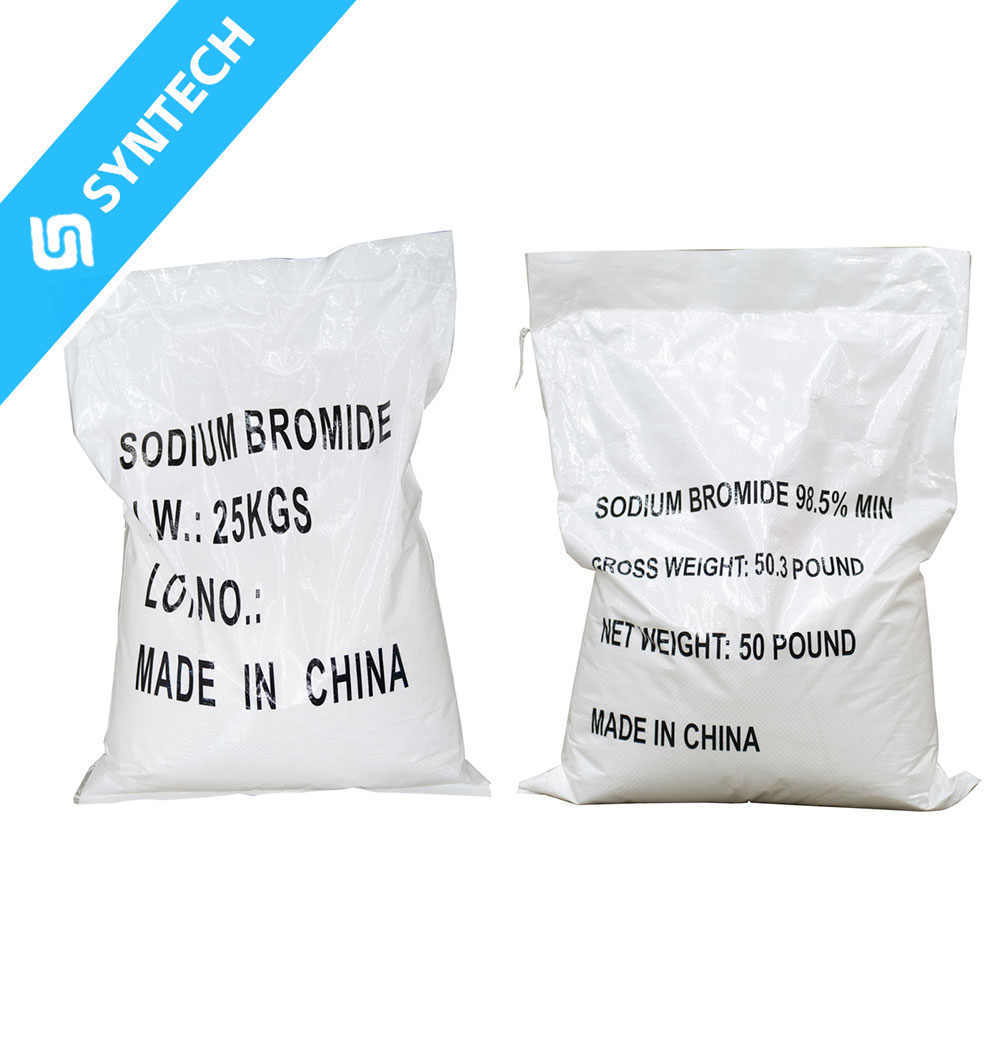Sodium Methallyl Sulfonate (SMS) serves as a key intermediate in high-performance water reducers (e.g., polycarboxylate-based superplasticizers) and improves concrete workability through the following mechanisms:
1. Electrostatic Repulsion Dispersion (Primary Mechanism)
- Ionization of Sulfonate Groups (-SO₃⁻):
The sulfonate groups in SMS molecules ionize in aqueous solutions, adsorbing onto cement particle surfaces and forming negatively charged layers. - Electric Double-Layer Repulsion:
The like-charge repulsion between electrified cement particles breaks flocculated structures, releasing trapped free water and significantly reducing water demand (water reduction rates can reach 20%~40%).
2. Steric Hindrance Stabilization
- Comb-Shaped Molecular Structure:
SMS is often copolymerized with monomers like polyethylene glycol (PEG) to form polycarboxylate water reducers with comb-like structures. The side chains (e.g., PEG long chains) extend between cement particles, creating a physical barrier that prevents particle reaggregation. - Dynamic Dispersion Effect:
Compared to traditional naphthalene-based water reducers, the steric hindrance of the polycarboxylate-SMS system is more durable, offering superior slump retention (slump loss <15% after 2 hours).
3. Regulation of Cement Hydration
- Delayed Early Hydration:
The sulfonate groups in SMS temporarily adsorb onto cement minerals (e.g., C₃A), slowing initial hydration heat release and reducing the risk of concrete cracking. - Enhanced Long-Term Strength:
By optimizing particle distribution, SMS increases the density of hydration products (e.g., C-S-H gel), improving 28-day compressive strength by 10%~20%.
4. Synergistic Effects with Other Components
- Improved Clay Tolerance:
The strong adsorption capacity of SMS reduces ineffective consumption of water reducers by clay, making it suitable for aggregates with high clay content. - Compatibility with Retarders/Air-Entraining Agents:
SMS can be combined with sodium gluconate or rosin-based air-entraining agents to adjust setting time and air content.
5. Practical Application Advantages
- High Efficiency at Low Dosage:
Typical dosage is 0.1%~0.3% of cementitious material mass, offering cost advantages over traditional water reducers. - Eco-Friendliness:
Formaldehyde-free, complying with green building material standards.
Note: SMS is not typically used directly as a water reducer but rather as a critical monomer for synthesizing polycarboxylate-based superplasticizers (PCEs). Its performance can be further optimized through copolymer molecular design (e.g., adjusting the ratio of sulfonate to carboxyl groups).






